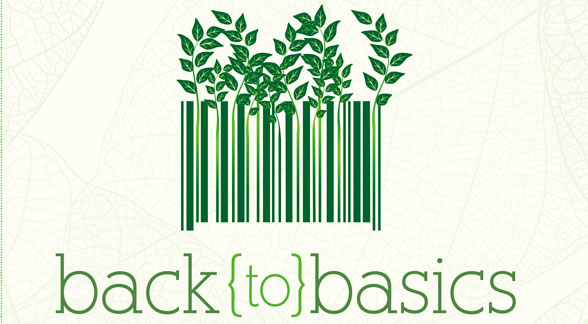living or dead foods: does it really matter?

“What should I eat?”
With endless health, fitness, and dietary information available to us, confusion may arise regarding what to eat, when and why. When seeking improved health and longevity, it’s common to focus on calorie restriction through dieting or increased calorie output through exercise, both typically measured by weight on a scale to gauge success.
What if there was a simpler, more effective approach toward healthy living and eating? What if we thought about foods in terms of whether or not they are alive and ‘living’? The concept of eating ‘living’ foods may seem foreign, but if we consider ourselves as living, dynamic beings it makes sense that we must assimilate living foods far better than ‘dead’ foods. French fries, protein bars, pizza, hamburgers, and Swedish fish are all examples of highly processed, low nutrient foods which promote inflammation, toxicity and compromise our immunity. Living foods are foods consumed fresh, raw or in a condition as close to its original, living state.
Consider corn on the cob and a box of cornflake cereal, fresh grapes and raisins, tuna sashimi and a frozen fish stick, raw cocoa and a Hershey’s chocolate bar. These are examples of ‘living’ vs. ‘dead’ foods. Living foods are the most abundant source of antioxidants, enzymes, and phytonutrients found on the planet. These are the tools required to equip our immune, digestive, lymph, circulatory, and nervous systems with the ability fight disease and cellular damage while promoting longevity and strong health.
If we focused on eating a diet rich in organic material, like fresh, wholesome plants, fruits, nuts, legumes and seeds, you can ensure your health will be elevated in more ways than one!

